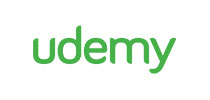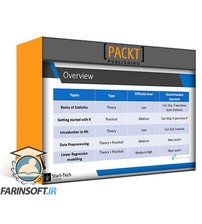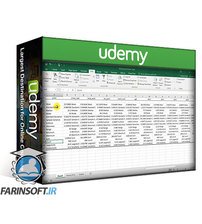در حال حاضر محصولی در سبد خرید شما وجود ندارد.

[4-in-1 Bundle] Covers SQL, Data viz using Google's Looker Studio, Machine Learning using Python and ETL using Alteryx
در این روش نیاز به افزودن محصول به سبد خرید و تکمیل اطلاعات نیست و شما پس از وارد کردن ایمیل خود و طی کردن مراحل پرداخت لینک های دریافت محصولات را در ایمیل خود دریافت خواهید کرد.


آموزش انجام یادگیری ماشینی با Linear Regression Model in R

Google Data Studio A-Z: Looker Studio for Data Visualization

Master SPC Control Charts using MS Excel

Microsoft Excel and Google Sheets for Data Analysis

Become a Data Analyst: Excel, SQL & Tableau – 3-in-1 Bundle

Google BigQuery & PostgreSQL : Big Query for Data Analysis

تحلیلگر کسب و کار با اکسل و Google Data Studio

Machine Learning with TensorFlow on Google Cloud

Looker and Looker Studio: Google’s Data Visualization Tools

Excel Analytics: Linear Regression Analysis in MS Excel